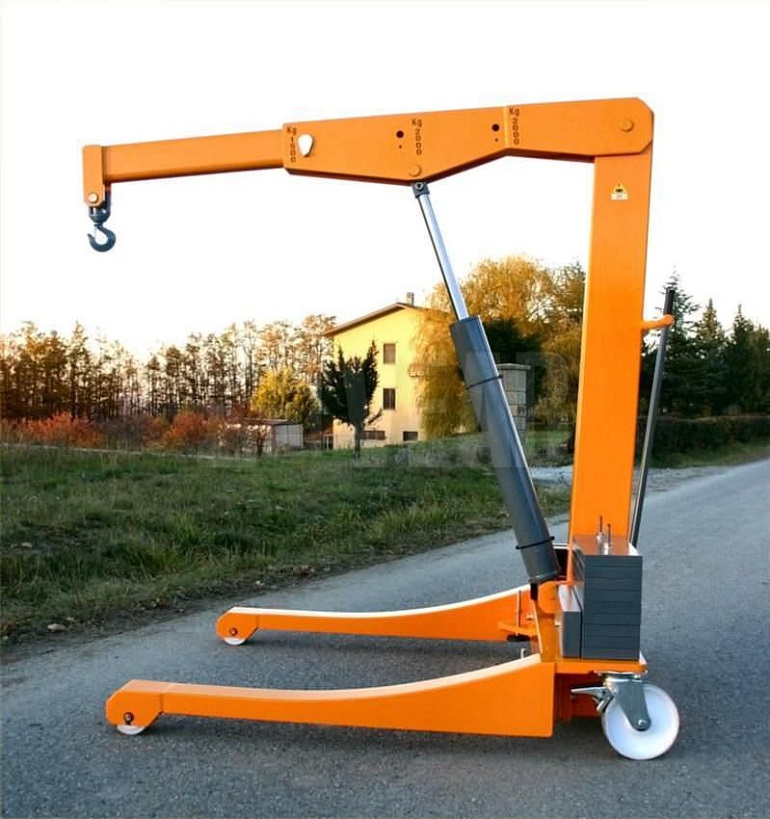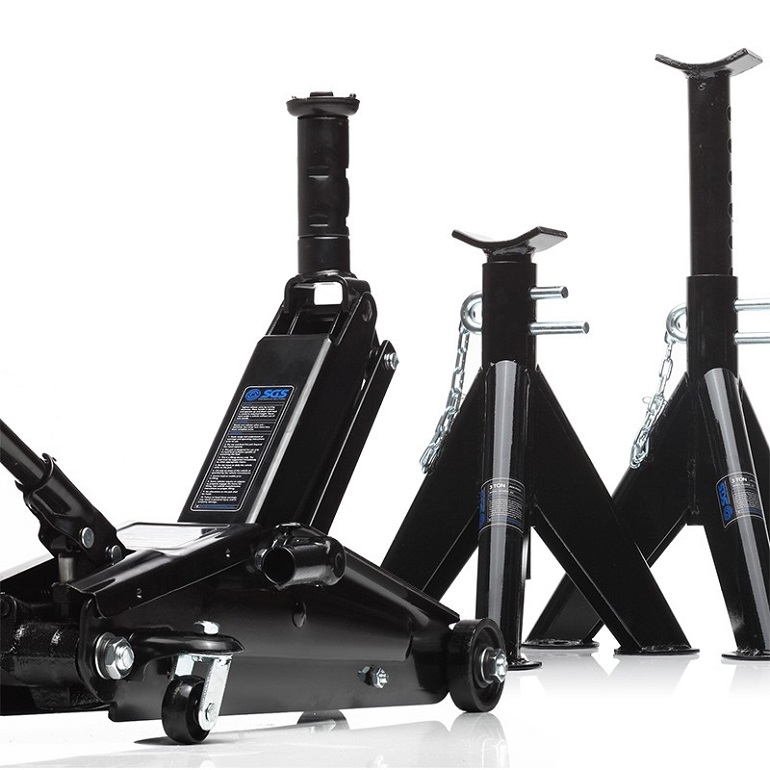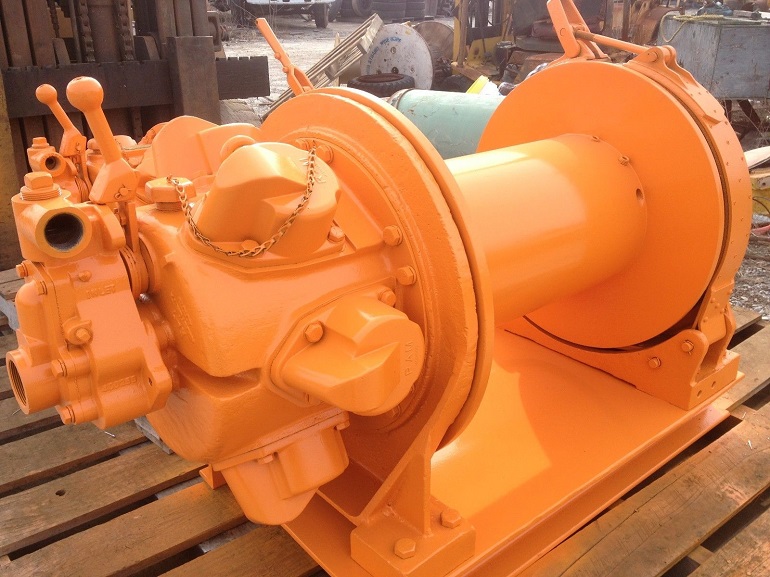Lifting tools have come a long way, and technological advances in the past century have literally lifted a huge weight off the shoulders of people, that we simply cannot imagine a world without cranes, hoists, forklifts, winches and jacks. All of these tools are now considered standard equipment in many manufacturing, construction and mining sites.
Lifting tools have become so popular and necessary that you can even find them in home DIY workshops, as they increase the productivity, performance and safety of people working in them. They come in a wide range of sizes, designs and capacities. The most common types of tools are the workshop crane, stands, jacks, forklifts, vehicle lifts and hoists, all of which have unique limitations and advantages and are designed with a particular use in mind.
Cranes

One of the most adaptive pieces of lifting equipment is the workshop crane. It comes in different types, all of which are suitable for different purposes. From overhead cranes to aerial, jib, tower, Goliath and loader cranes, generally, all cranes are split into two basic categories – mobile and fixed. Furthermore, they come in various sizes – from massive cranes meant to lift tons of weight, to smaller compact ones ideal for shops with restricted headroom. Cranes can be height-adjustable, so consider first whether you need adjustability as a feature.
Jacks and Stands

Besides cranes, jacks and stands are some of the other commonly found lifting devices. They amplify the force applied to the lift so people can easily lift heavy vehicles for inspection and repairs. For instance, an emergency jack can be used for tyre changing or an axle stand can be used for lorries. Other examples of the usage of jacks are floor and garage jacks. Stands on the other hand, can act as heavy-duty support frames for engines, axles and gearboxes.
Winches and Hoists

These simple lifting tools use pneumatic, manual or electric power to move big loads vertically over different lengths using a pulley. The two most common types are chain hoists and wire ropes. Winches are tools which use tension to pull in and let out a rope or wire wound around a barrel with a power-operated or manual crank.
Regardless of which type of lifting device you go for, ensure it has a robust construction and big weight lifting capacities. As a general rule of thumb, the lifting capacity of the device should exceed the weight of the object that should be lifted, by at least 50% extra. This ensures safety and reliability.

